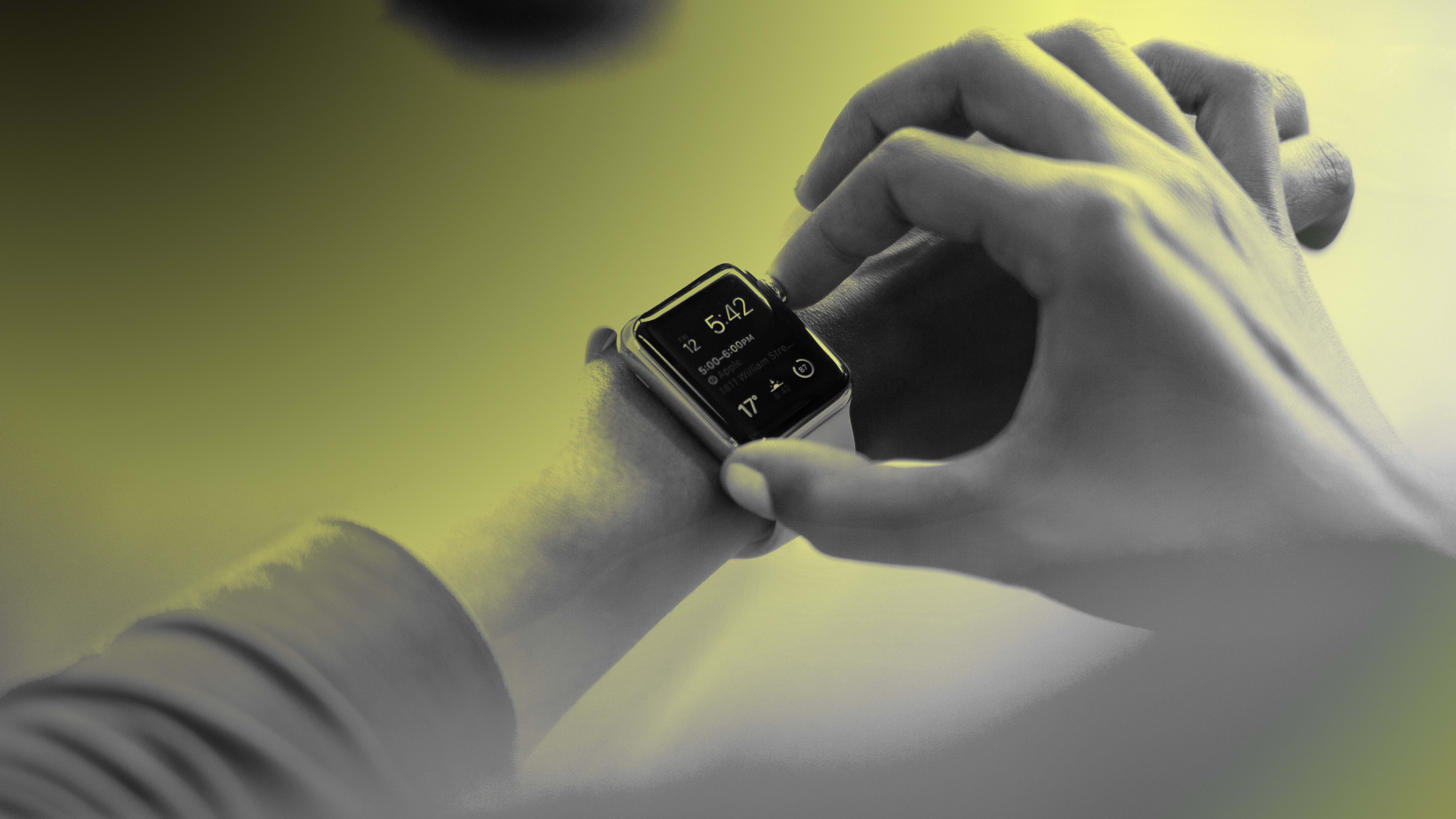Apple has announced another health study in partnership with Johnson & Johnson, this time aimed at proving the Apple Watch can prevent stroke. Called Heartline, it’s the company’s most ambitious medical research project yet, testing the limits of how useful wearables are in the context of daily health.
“We are conducting the world’s largest ever cardiovascular clinical trial, and it will definitively answer: if you combine great digital wearable technology with a great engaging app and you can keep people in the clinical study, can you bring down the rate of stroke and death in people with atrial fibrillation?” says Paul Burton, vice president of Medical Affairs and Internal Medicine at Janssen, a subsidiary of Johnson & Johnson.
The study aims to reach 150,000 people. Anyone over 65 on Medicare with an iPhone can opt in by downloading the Heartline app in the App Store. All participants will have access to an iPhone health app, designed in part by Janssen, that aims to getting people to improve their overall health. The CDC estimates that 80% of stroke can be prevented through lifestyle changes such as maintaining a healthy weight, blood pressure levels, and cholesterol levels, as well as exercising regularly.
The app has Apple’s signature rings, representing health goals such as calories burned and steps taken represented in colorful loops. It will push users to stand up multiple times a day if they’re sitting for too long. It also has articles and tips for leading a heart healthy lifestyle. Users will also be asked to fill out questionnaires that gauge how the app is impacting a person’s understanding of what constitutes healthy behavior. To entice users to engage with the app and its content, the study is paying: Participants can earn $150 or more over the course of two years.
Among the users of the iPhone app, a randomized group will be instructed to get an Apple Watch, which can use its heart rate monitor to detect signs of atrial fibrillation, an irregular heartbeat that can cause blot clots and lead to stroke. If the app sees evidence of atrial fibrillation, it will suggest the participant see their doctor for follow-up care. The three-year study will also look at whether the app can play a role in medication adherence for those who have been diagnosed with atrial fibrillation or previously suffered a stroke.
Back to the drawing board
Apple Watch has faced criticism for its work on atrial fibrillation in the past. Its last study, published in November, showed that the Apple Watch was capable of detecting atrial fibrillation with some accuracy. However, it also showed that just because it was able to detect an arrhythmia doesn’t mean the Watch was able to get people to do something about it. Of the 2,161 people who were notified of an irregular heartbeat, only 450 followed up on the alert by sending in additional information (in the form of an heartbeat monitoring patch).
It’s up to a doctor to verify whether a patient has atrial fibrillation.
Another point of contention with the Apple Watch as a tool for detecting atrial fibrillation is its potential for false positives. However, on this subject, Janssen’s Burton isn’t particularly concerned. “There will inevitability with any technology . . . be some detection of false positive and false negatives, but it’s great technology,” he says.
Ultimately, the Apple Watch’s main purpose in the Heartline study isn’t about screening but rather preventing stroke. The watch will alert the user if it detects an irregular heart rhythm, but it’s up to a doctor to verify whether a patient has atrial fibrillation or something else. The task of the study is to test whether the Apple Watch can do more toward keeping a patient healthy than a smartphone app alone.
So far, wrist wearables have failed to prove that they make their wearers any healthier than they already are. Previous attempts both by Apple and competitors like Fitbit have focused on fitness and weight loss. In this study, the aim is to influence less demanding behaviors like standing up to stretch ones legs or reducing the amount of salt a person consumes. “If you could do that, it would move the needle in health care,” says Burton.
Correction: this article has been updated to clarify that the Heartline study is not related to Apple’s Research app.
Recognize your brand’s excellence by applying to this year’s Brands That Matter Awards before the early-rate deadline, May 3.
